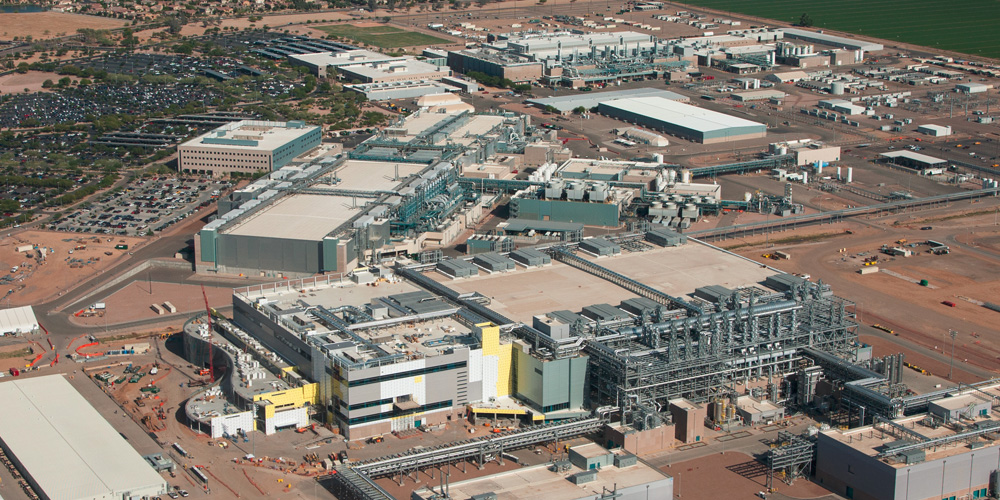Intel has some grand plans that may shake up the CPU industry as we know it

Some big changes are afoot at Intel. On top of massive capital investments, the company is making some changes to its core business model. Intel increasingly sees itself not just as a technology manufacturer, but as a provider of third party foundry services. Some of its ideas could really shake up the traditional CPU market.
Bob Brennan, vice president of customer solutions engineering at Intel’s Foundry Services, laid out some truly grand ideas in a discussion with The Register.
Intel is set to design custom CPUs for its customers that will allow integration of its core x86 architecture with optional ARM and RISC-V CPU cores or perhaps even other IP. We know it’s spending billions of dollars on expanding its production capacity, and its better for Intel to have it all running 24/7 with these kinds of customer orders.
We refer to Intel’s 12th Gen Alder Lake as a hybrid architecture, and that’s a mostly accurate description. It’s one thing to include fundamentally similar big and little cores, but it’s quite another to include chiplets that contain completely different instruction sets.

(Image credit: Cooler Master, EKWB)
Best AIO cooler for CPUs: All-in-one, and one for all… components.
Best CPU air coolers: CPU fans that don’t go brrr.
“Broadly speaking, this is to grow our wafer and packaging business as IFS [Intel Foundry Services] is trying to be an excellent foundry for the world. And this shows how Intel is committed to growing foundry business with all these different ISAs moving forward,” Brennan said.
For decades, the x86 architecture has been licensed to just a handful of companies. Intel itself and AMD are by far the most widely known. Although VIA had some success in years past, x86 is essentially the domain of the big two. That may be about to change as Intel is reportedly open to licensing the x86 architecture to other companies.
It appears as though specifics are lacking for now, at least publicly, but it’s another indicator that Intel plans to transition towards a more mixed business model. After seeing the billions that TSMC rakes in, it’s not hard to imagine why.

(Image credit: Intel)
It remains to be seen what form such a hybrid CPU could take. It’s the kind of thing that is likely to start off highly application specific, probably in the enterprise space. But there are possibilities for gaming too. The way GPUs integrate dedicated ray tracing functionality or AI cores could give a window into what to expect.
x86 is an old architecture that means it has a lot of seldom used legacy functionality from decades past. Perhaps an efficient ARM or RISC core could be a lot more power efficient under certain gaming loads.
Tech is always evolving, and PC gaming is a not insignificant factor in that. In the coming years the CPUs we know may look entirely different to how they do now.


Leave a Reply